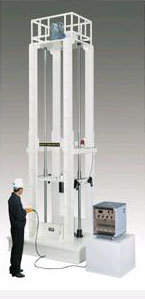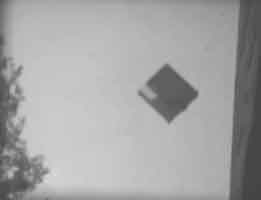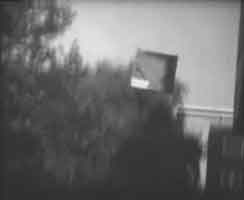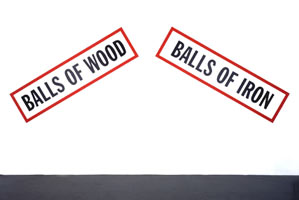to drop
[to release an object in a gravitational field]
|
Scientific experiments and demonstrations
|
||
|
|
|
Link: A separate page provides a more elaborate discussion of scientific demo's and experiments with falling objects. It mentions Girolamo Borro, Giuseppe Moletti, Simon Stevin, Galileo Galilei, Giorgio Coresio, Vincenzo Renieri, Robert Boyle, Marin Mersenne, Francis Hauksbee, and David R. Scott. |
||
Duchamp: Trois Stoppages Étalon
|
|
|
Drop Weight Testers
Industrial Drop Weight Testers drop a heavy weight from a height of several meters |
|||
|
|
|
|
|
The Baker House Piano Drop
|
|
Lawrence Weiner
|
# 662, 1990 |
# 766, 1995 |
Compiled by Remko Scha, 2011

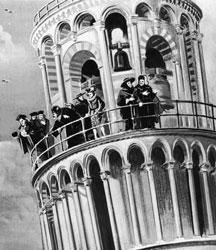

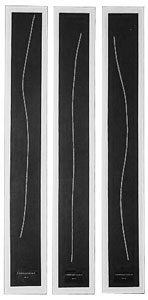
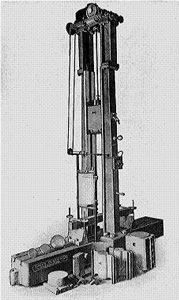
-s.jpg)
